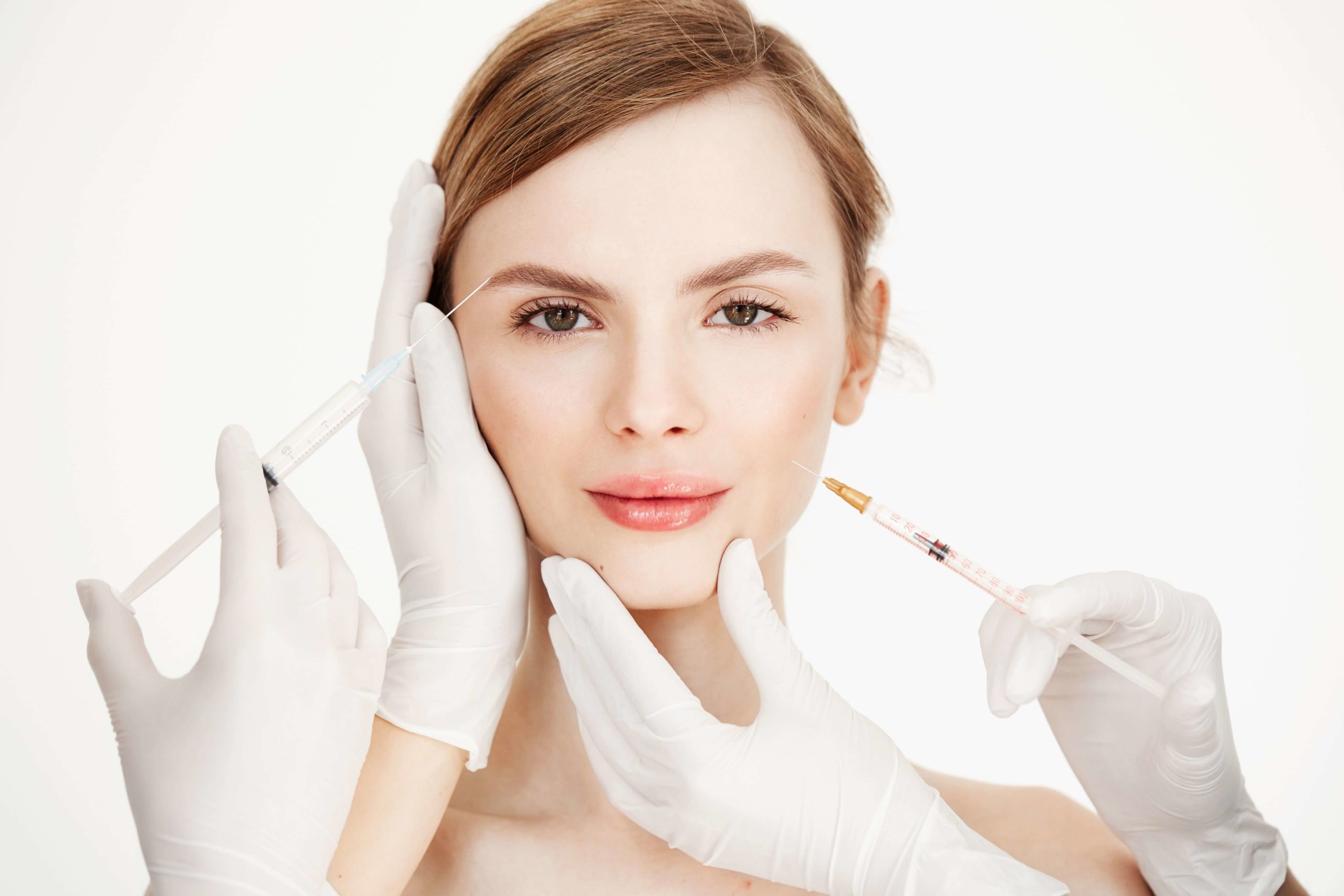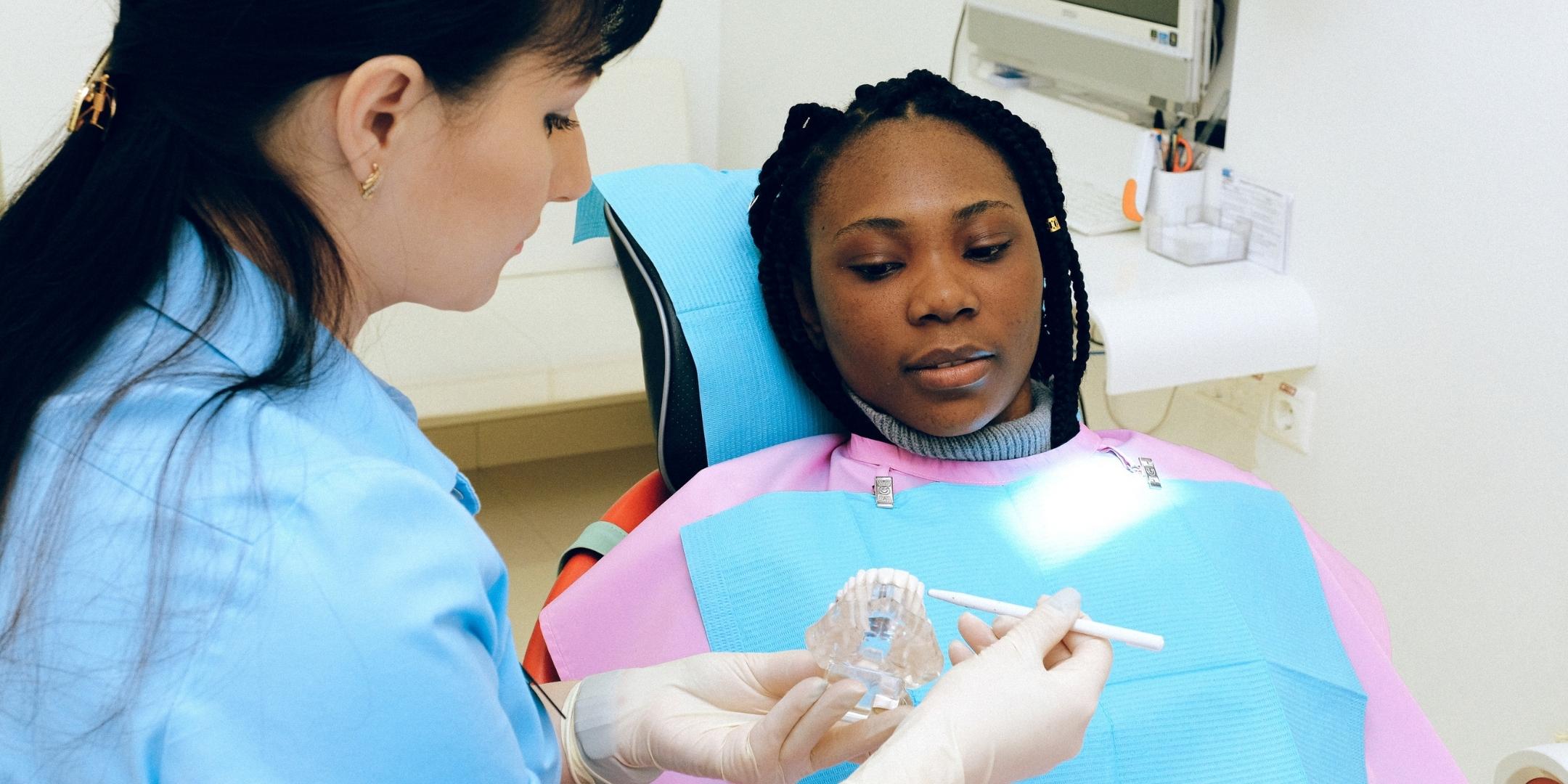Considering cosmetic procedures have become a trend among the population to acquire healthier, younger-looking skin instantly. There are a wide variety of cosmetic treatments offered, ranging from invasive to non-invasive procedures. While considering cosmetic procedures, it would be wise to look at the options that would best suit your needs.
In the recent past, non-invasive procedures such as the Injectables have gained popularity and have become a sought-after procedure. The injectables help improve the appearance by preventing and reducing wrinkles, facial asymmetry, frown lines, aging skin, etc. The injectables also aid in the treatment of scars.
What Are Injectables?
Injectables are chemical substances injected underneath the skin or muscles through a needle to reduce facial folds and wrinkles and improve contour and volume to various areas of concern. The application of injectables as a part of beauty treatment has been gaining popularity in recent years.
Different injectables are used depending on the area of concern.
Types of Injectables
A wide variety of treatments are available that can provide fullness or volume to the area that has thinned out due to aging, soften lines, and give a more youthful and beautiful appearance. These procedures are not expensive and minimal to non-invasive.
There are three types of cosmetic injectables:
- Neurotoxins or Neuromodulators
- Dermal Fillers
- Platelet-Rich Plasma (PRP)
1. Neurotoxins or Neuromodulators
The neurotoxins are nothing but proteins injected in the areas of concern, which temporarily paralyzes or weakens the muscles that cause wrinkles or lines. The face appears smooth after the injection due to the relaxed muscles and softened fine lines and wrinkles.
Neurotoxin treatments are best suitable for patients who have visible wrinkles and lines caused by contractions of the underlying facial muscles when you laugh, frown, or smile. Neurotoxins can also prevent fine lines and wrinkles in individuals as young as 18 and be used on older people of any age.
Neurotoxins or neuromodulators are FDA-approved and can only be used on certain areas on the face, such as frown lines between your eyebrows, forehead lines, and crow’s feet.
Types of Neurotoxins
Different neurotoxin treatments are used depending on the patient’s needs and the area of concern. It works by blocking the impulses transmitted from the nerves to the muscles related to facial expression.
- Botox: Botulinum toxin is a purified protein derivative that helps minimize, prevent, and reverse lines and wrinkles across the forehead, between eyebrows, and around the eyes.
Botox is said to be a safe and effective treatment for frown lines and wrinkles. It is also used to reduce chin dimples, necklines, and hyperhidrosis (excessive sweating). It is also used in various medical conditions, including neurological and ophthalmological disorders.
- Dysport: This injection helps improve the appearance of moderate-to-severe glabellar lines (frown lines between the eyebrows) in adults less than the age of 65.
- Xeomin: It contains isolated toxins without the accessory protein (included in other brands) and clinically proven neurotoxin. It is also used to improve the appearance of glabellar lines.
- Jeuveau: This is the latest neurotoxin that is approved for the treatment of glabellar lines. It is also sometimes called “Newtox.”
The neurotoxin treatment results generally last for about three to four months and may occasionally last even up to six months.
There may be potential side effects to neurotoxin injections, including mild headache, pain, or bruising at the injection site, the poor cosmetic outcome if not done properly, and rarely asymmetry or eye ptosis. Getting these procedures done through experienced professionals may minimize the risks and help acquire intended cosmetic results.
2. Dermal Fillers
Fillers are a type of injectables that contain natural or synthetic substances that are injected underneath the skin to give fullness, plump fine lines, and wrinkles, smooth out and enhance the natural contours of the face.
These are minimally invasive approaches and are mostly painless. The dermal or facial fillers’ outcomes can be enhanced cheekbones, reduced under-eye hollows, fuller lips, and lifted lower face. Individuals considering enhancing facial contours or replace lost volume in the face can opt for dermal fillers.
Individuals in the mid-20s can opt for dermal fillers to fight early signs of aging. Around the age of 26, the body begins to lose bone and collagen, and hence it would be the right time to use maintenance injections.
Young individuals who begin early will require lesser products and will be able to maintain a natural look over the years compared to other individuals who start around 50.
Types of Fillers
There are many types of fillers used based on the patient’s requirements. The most commonly used and FDA-approved fillers contain hyaluronic acid, calcium hydroxyapatite, poly-L-lactic acid (PLLA), or polymethyl methacrylate (PMMA).
- Juvederm: It is a reversible hyaluronic acid filler and acts as a lubricating substance. Hyaluronic acid is a natural substance found beneath the skin that facilitates the passage of nutrients to the skin and acts as a cushion. Some of the approved fillers used are:
- Juvederm Voluma XC – Cheeks and chin
- Vollure XC – Nasolabial folds, moderate to severe facial wrinkles
- Ultra XC and Volbella XC – Lips and surrounding lines
- Restylane: It is a reversible filler made of hyaluronic acid. Some of the approved fillers used are:
- Restylane Lyft – Restoration of the mid-face and hands
- Silk – Lips and mouth area
- Kysse – Natural-looking lip enhancement
- Refyne – Moderate to severe facial wrinkles and folds
- Defyne – Moderate to severe facial wrinkles and chin
- Radiesse: It contains microspheres of calcium hydroxylapatite. It is a nonreversible filler and is administered to add volume to smoothen facial wrinkles and folds. This filler is also used for hand rejuvenation.
- Sculptra: It contains poly-L-lactic acid (PLLA), a synthetic compound that helps rebuild collagen and restores facial contour. This filler is best for deep wrinkle lines and facial folds produced because of collagen loss. A series of treatments is required and is more expensive, but the results last longer than others.
The cosmetic result after the dermal filler procedure depends on the type of filler injected. Hyaluronic acid fillers may last 6 to 12 months (in some cases up to two years if injected in large quantities), calcium hydroxyapatite 9 to 12 months, and a series of poly-L lactic acid treatments up to two years.
Dermal fillers have potential side effects and sometimes can be more serious. Mild symptoms are pain or tenderness at the injection site, swelling, bleeding, bruising, occasional bumps or nodules at the injection site. Other side effects also include inflammation, skin redness, discoloration, infection, etc. Though infrequent, the filler may migrate from the injection site, which can cause further complications.
Rare and serious side effects are vessel occlusion caused by the filler, which can lead to the death of the tissue due to lack of blood supply and even blindness if injected into certain vessels.
3. Platelet-Rich Plasma (PRP)
Platelet-Rich Plasma treatments are also gaining popularity and are administered in the treatment of various medical conditions. First, the patient’s blood is drawn, processed, and then collected in a syringe to obtain PRP. It is immediately injected into the locations being treated.
Platelet-Rich Plasma is used in the rejuvenation treatment of the skin. It is applied topically, followed by deep laser resurfacing or micro-needling to promote faster healing and enhance results. PRP is also used instead of fillers to help boost collagen stimulation.
PRP is also administered for hair restoration in individuals suffering from hair loss. It is injected into the patient’s scalp. The released enzymes due to the organization of platelets promote healing and tissue responses, which in turn stimulates hair growth. The results may vary based on pattern and amount of hair loss, age, and hormones.
The Bottom Line
Though dermal fillers produce more long-term results, they also have more side effects than Botox injections. You must bear in mind that dermal fillers and neurotoxins treat different problems and are generally administered in different locations depending on the intensity and areas of concern.
All the injectables are considered safe, but it is crucial to choose a highly-trained professional to get the procedures done. To attain the best results, you can also use combination treatments. However, ensure to weigh all your options carefully with your healthcare provider before deciding and proceeding with injectables.
Individuals who are allergic to foreign substances should avoid neurotoxins or fillers and pregnant or breastfeeding women.









